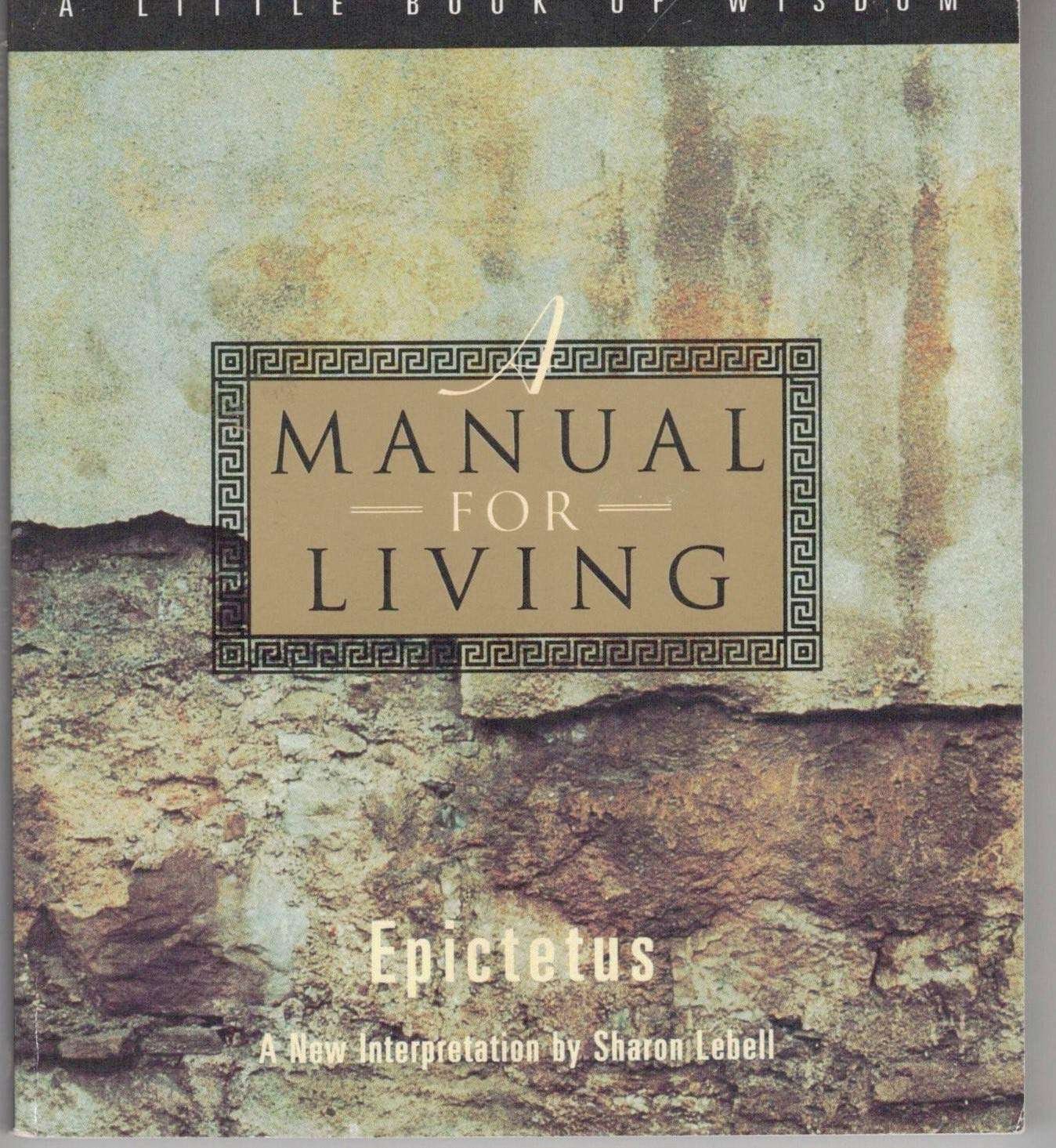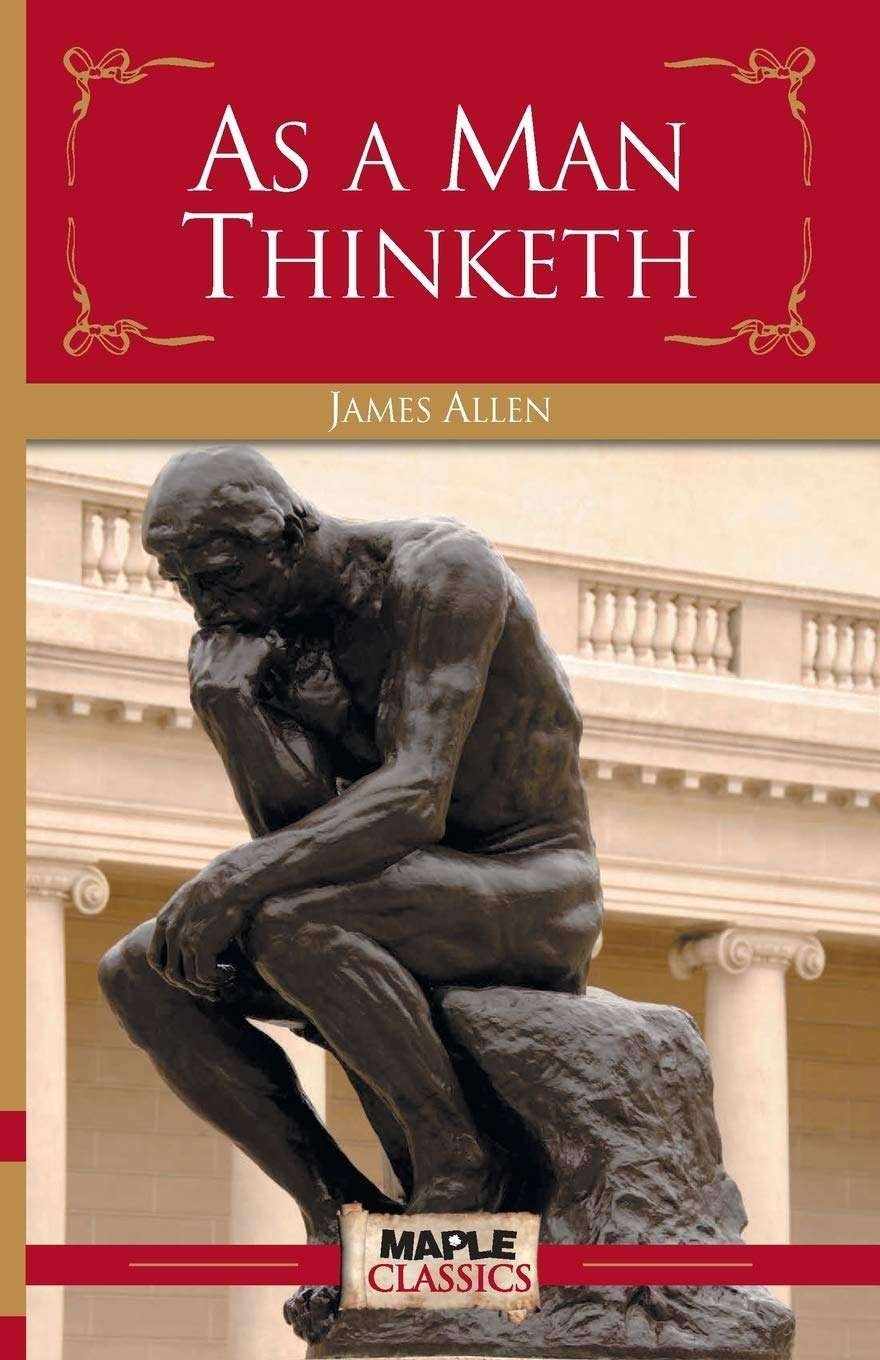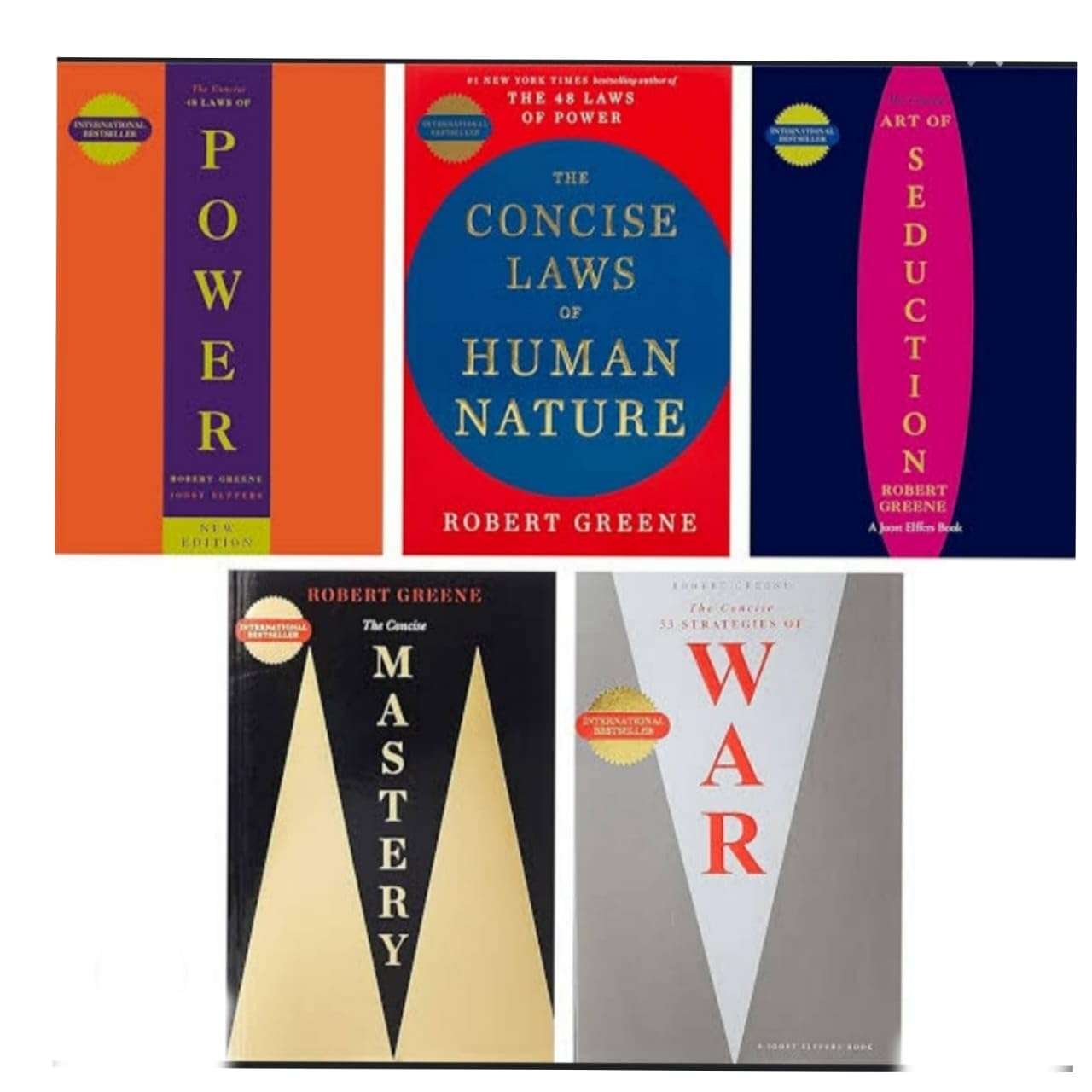Our store in Sector 55, Gurgaon;

Manga
Buy A Silent Voice Complete Series Box Set 01-7 by Yoshitoki Oima (Manga)
Buy A Silent Voice Complete Series Box Set 01-7 by Yoshitoki Oima (Manga)
Buy Bakuman Box Set (01-20) by Takeshi Obata (Manga)
Buy Bakuman Box Set (01-20) by Takeshi Obata (Manga)
Buy The Gods Lie Manga by Kaori Ozaki (paperback)
Buy The Gods Lie Manga by Kaori Ozaki (paperback)
Buy Dragonball Box Set (01-16) by Akira Toriyama (Manga)
Buy Dragonball Box Set (01-16) by Akira Toriyama (Manga)
Buy Haikyu, Box set (01-11) by Haruichi Furudate (Manga)
Buy Haikyu, Box set (01-11) by Haruichi Furudate (Manga)
Buy One Piece Box Set Volumes (47-70) by Eiichiro Oda (Manga)
Buy One Piece Box Set Volumes (47-70) by Eiichiro Oda (Manga)
Buy One Piece box set volume (91-105) by Eiichiro (Manga) Oda
Buy One Piece box set volume (91-105) by Eiichiro (Manga) Oda
Buy One Piece Dressrosa to Reverie:Box Set Volume (71-90) by Team (Author) (Manga)
Buy One Piece Dressrosa to Reverie:Box Set Volume (71-90) by Team (Author) (Manga)
99 Rs books
Buy A Manual for Living by Epictetus (paperback)
Buy A Manual for Living by Epictetus (paperback)
Buy Animal Farm By George Orwell (paperback)
Buy Animal Farm By George Orwell (paperback)
Buy As a Man Thinketh by James Allen (paperback)
Buy As a Man Thinketh by James Allen (paperback)
Buy At Night All Blood is Black by David Diop (paperback)
Buy At Night All Blood is Black by David Diop (paperback)
Buy Attitude is Everything by Jeff Keller (paperback)
Buy Attitude is Everything by Jeff Keller (paperback)
Buy Do More Better by Tim Challies (paperback)
Buy Do More Better by Tim Challies (paperback)
Buy Don't Believe Everything You Think by Joseph Nguyen (paperback)
Buy Don't Believe Everything You Think by Joseph Nguyen (paperback)
Buy Dopamine Detox by Thibaut Meurisse (paperback)
Buy Dopamine Detox by Thibaut Meurisse (paperback)
Featured products
Box set
Buy A Silent Voice Complete Series Box Set 01-7 by Yoshitoki Oima (Manga)
Buy A Silent Voice Complete Series Box Set 01-7 by Yoshitoki Oima (Manga)
Buy Strategic Mindset by Thibaut Meurisse
Buy Strategic Mindset by Thibaut Meurisse
Buy Bakuman Box Set (01-20) by Takeshi Obata (Manga)
Buy Bakuman Box Set (01-20) by Takeshi Obata (Manga)
Buy OSHO Set Of 10 Books by Osho (paperback)
Buy OSHO Set Of 10 Books by Osho (paperback)
Buy Five Book combo (5 Book set) R.GREENE (Paperback)
Buy Five Book combo (5 Book set) R.GREENE (Paperback)
Buy Shatter Me - The Complete Collection (9-Book Boxset) (PAPER BACK)- Tahereh Mafi
Buy Shatter Me - The Complete Collection (9-Book Boxset) (PAPER BACK)- Tahereh Mafi
Buy Harry Potter Box Set The Complete Collection (Children’s Paperback)
Buy Harry Potter Box Set The Complete Collection (Children’s Paperback)
Buy Demon Slayer Complete Box Set [Vol 1-23]
Buy Demon Slayer Complete Box Set [Vol 1-23]
Featured products
Combo
Buy Five Book combo (5 Book set) R.GREENE (Paperback)
Buy Five Book combo (5 Book set) R.GREENE (Paperback)
Buy Dark Verse Series Books Set The Predator + The Reaper + The Emperor +The Annihilator + The Finisher + The Syndicater Comboo of 6 Books by RuNyx (paperback)
Buy Dark Verse Series Books Set The Predator + The Reaper + The Emperor +The Annihilator + The Finisher + The Syndicater Comboo of 6 Books by RuNyx (paperback)
Buy Combo- The Hidden Hindu Trilogy Book 1, Book 2 & Book 3 (paperback) by Akshat Gupta
Buy Combo- The Hidden Hindu Trilogy Book 1, Book 2 & Book 3 (paperback) by Akshat Gupta
Buy Combo- The Inheritance Games Trilogy The Inheritance Games, The Hawthorne Legacy & The Final Gambit (paperback)
Buy Combo- The Inheritance Games Trilogy The Inheritance Games, The Hawthorne Legacy & The Final Gambit (paperback)
Buy Combo- The Gods of Vengeance Series God of Malice, God of Wrath, God of Pain, God of Ruin, God of Fury (paperback) by Rina Kent
Buy Combo- The Gods of Vengeance Series God of Malice, God of Wrath, God of Pain, God of Ruin, God of Fury (paperback) by Rina Kent
Buy Combo- The Subtle Art of not Giving a Fuck + Atomic Habits + Deep Work + Attached (paperback)
Buy Combo- The Subtle Art of not Giving a Fuck + Atomic Habits + Deep Work + Attached (paperback)
Buy Combo- The Power of Habit + Think And Grow Rich + The Richest Man in Babylon + The 48 Laws Of Power (paperback)
Buy Combo- The Power of Habit + Think And Grow Rich + The Richest Man in Babylon + The 48 Laws Of Power (paperback)
Buy Combo- The Art of War + Meditations + The Art Of Seduction + You2 (paperback)
Buy Combo- The Art of War + Meditations + The Art Of Seduction + You2 (paperback)
New Arrivals
Translation missing: en.new_arrivals.error





















![Buy Demon Slayer Complete Box Set [Vol 1-23]](http://bookclubb.in/cdn/shop/files/Demon-Slayer-Complete-Box-Set-Vol-1-23-1.jpg?v=1754559351&width=3840)





